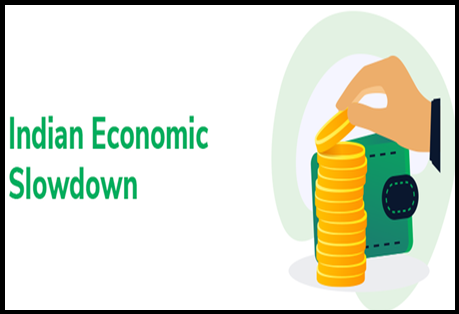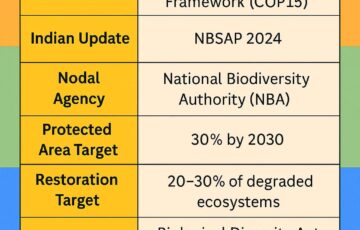ECONOMIC SLOWDOWN AND INFLATION PRESSURES PERSIST IN INDIA
Why in the news?
India faces economic slowdown with core sector growth slowing to a 20-month low and rising inflation driven by increased input costs. Manufacturing activity eased, raising concerns for the Reserve Bank.
source:slideshare
About Economic Slowdown Post-Election:
- Core Sector Performance: June’s industrial output showed a slowdown, hitting a 20-month low growth of 4%.
- Impact Factors: State spending decline post-election and prolonged heat waves impacted industrial activity.
- Sector Specifics:
- Refinery products: First contraction in five months, down 1.5%.
- Electricity: 3.6% decline from May’s peak, YoY growth slowed to 7.7%.
- Steel: Output decreased by 4% MoM, YoY growth down to 2.7%.
- Coal: Output growth accelerated to 14.8% from 10.2% in May.
Manufacturing Activity
- PMI Data: HSBC India Manufacturing PMI for July decreased slightly to 58.1 from 58.3 in June.
- Cost Pressures: Significant rise in input costs led to the highest increase in selling prices in nearly 11 years.
Inflation Concerns
- Broader Inflation: Rising input costs for coal, packaging, and steel signal persistent inflationary pressures beyond food.
- RBI’s Challenge: The Reserve Bank of India faces pressure to address inflation amid broadening price pressures.
What is Inflation ?
Key ways to measure inflation in India: Consumer Price Index (CPI):
Wholesale Price Index (WPI):
Producer Price Index for Manufacturing (PPIM):
About Hongkong and Shanghai Banking Corporation (HSBC) India Manufacturing PMI:
Associated Article: |





